#gothic heroines
Text




30 Days of Horror, Day 20- favorite horror character
The Invitation (2022)
"My name sounds so Jane Austen when you say it like that."
#gothic heroines#the best one in recent memory#the invitation 2022#30 days of horror#someone please watch this and write yuletide fic for me please
174 notes
·
View notes
Text
Both Elder and Younger Catherines are Gothic Heroines, but Younger Cathy is an unadulterated Gothic Heroine while Catherine Earnshaw has one foot in the Fainting Heroine category.
You would expect the reverse, ha!
33 notes
·
View notes
Text

29 notes
·
View notes
Note
Is Jonathan being an orphan at the mercy of an evil noble also a Heroine thing normally?
Great question! The villain isn't always noble, but they do tend to be rich. Christine Daae, Jane Eyre, Victor Hatherley, and the narrator of Rebecca are all orphans. The Heroines that aren't, like Belle or Psyche, tend to come from families who don't put any sort of fight when requested to give them up to the villain/kidnapper. Jonathan somehow fits both categories, being an orphan, and also having been sent into danger by the man who was his father figure since his teens.
87 notes
·
View notes
Text
Leia Organa as the Gothic Heroine
“Through a dream landscape, . . . a girl flees in terror and alone amid crumbling castles, antique dungeons, and ghosts who are never really ghosts.
She nearly escapes her terrible persecutors, who seek her out of lust and greed, but is caught; escapes again and is caught; escapes once more and is caught . . . [and] finally breaks free altogether, and is married to the virtuous lover who has all along worked (and suffered equally with her) to save her."
-Leslie A. Fledler, Love and Death in the American Novel

The gothic novel is a genre of literature that has grown increasingly compelling to me. Defined by its mixture of romanticism and horror— or “wonder and terror”, with a “loose literary aesthetic of fear and haunting”— these stories are known for their forbidden castles, ghostly mysteries, and, most centrally, their heroines, fleeing terrified into the night in a flowing white gown…
Over the years the gothic has become a genre dominated by the feminine and by women writers. And even though the first example of gothic literature, Horace Walpole’s The Castle of Otranto, was written by a man, the story is largely focused on its heroines. The central plot thread sees a corrupt tyrant prince pursuing a much younger princess for the sake of marriage and her desperate attempts to escape him, as she flees through his castle, through twisted corridors, trap doors, and all manner of danger.
I began to think of the relation between the archetype of gothic heroine and Star Wars’s female lead, Princess Leia Organa. After all, she is typically clad all in white and on the run from a dastardly Imperial villain of some sort. And it would not be so difficult for the Death Star to serve as an old manor, filled with secrets and danger… trap doors (garbage chutes), gaping chasms, masked phantoms (Sith Lords) and terrible, power-hungry old men.
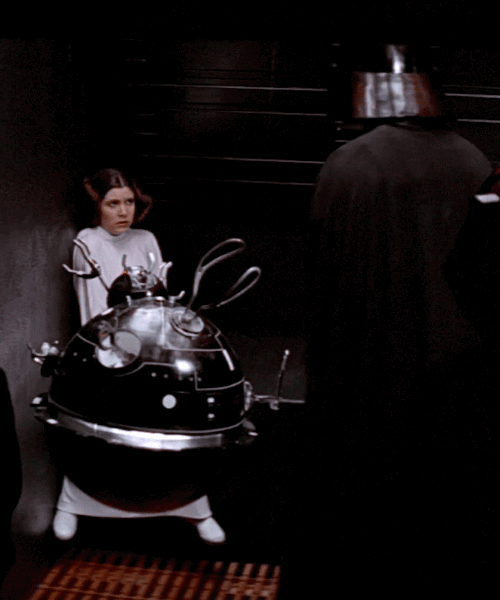
The gothic heroine is a young woman often characterized by her virtue, innocence and beauty. She may be born into a position of high social status, with a wealthy or aristocratic family, or even be full-fledged royalty. Some time early in the story, however, she loses her privilege and power… orphaned, imprisoned, or otherwise inconvenienced. In Ann Radcliffe’s The Mysteries of Udolpho, for instance, our protagonist Emily St. Aubert lives an idyllic life with her well-to-do parents, only for both to die and her fortune to be lost in the first act, where she is then given into the power of her aunt and eventually her villainous uncle-by-marriage, Montoni. Leia, too, was a happy and beloved child as the Crown Princess of Alderaan, even with the shadow of the Empire looming overhead… but is captured on a fateful mission for the Rebellion and sees her planet destroyed for her troubles.
And while a gothic heroine may be physically frail she has the mental fortitude and agency to be the one who drives the plot forward. Leia, too, subverts being placed the box of “damsel in distress” with her strong will and her active fierce participation in the rebel cause.
The consistent pattern of “escaping and being caught” is another that Leia follows quite clearly throughout the original trilogy… when we first meet her, she is fleeing from her Imperial pursuers, only to be overpowered and captured. She’s taken aboard the Death Star, endures torture, and gets rescued… only for the next movie to involve yet another game of pursuit between her and Vader where she’s eventually caught yet again at Bespin. After another escape, she opens the subsequent film with an attempt to rescue her (not-so) “virtuous lover” from his prison… and she is made a slave. She escapes with her own ingenuity to rejoin the Rebellion, is nearly defeated in the perilous final battle at Endor, but with the help of her allies, wins the day and all is made right. A typical fairy tale ending.
And then there are her villainous persecutors, of which there are primarily three— Vader, Tarkin, and Jabba.
The gothic heroine is often menaced by a powerful man,?usually bearing misogynistic or patronizing sentiments. He is dark and threatening, yet can also be alluring… and the heroine strives to escape his oppressive power. So too with Leia, as representative of the Rebellion, seeking to destroy the oppression of the Empire.
In short, Star Wars is a very melodramatic, archetypal tale, and Leia’s journey both illuminates and subverts that.
#star wars#leia organa#wilhuff tarkin#darth vader#gothic heroines#villain x heroine#tarkin x leia#willeia#leia and vader#star wars a new hope#terrible analysis by tantive
50 notes
·
View notes
Text
@plutodetective
I've got another entry to consider for your gothic heroine list - Ariadne from the myth of Theseus and the Minotaur.
I am working a long rant explaining just why she's so perfect a gothic heroine that I am quickly losing all control over but, listen her story fills all the tropes:
Location - this is the origin of the LABYRINTH for crying out loud. Almost every gothic location is at some point called "labyrinthine" and this is why!
Dark Family Secrets - literally the setup is that her brother (HER BROTHER) is a man-eating monster that her father locked underneath the Palace in a maze out of shame.
Evil Patriarch - Minos has no redeeming features. Like none. It's all his fault and he still blames EVERYONE but himself.
Melodramatic Hero - speaking of irredeemable - look at Theseus! Honestly from Ariadne's perspective he ceases to be a hero and turns into another antagonist.
Marriage - Ariadne's hope is that through marriage to Theseus, she may escape her father. That turns out badly for her, when Theseus up and abandons her on a deserted island. And if you learn about her sister Phaedra (whom Theseus does end up marrying instead) kind of dodged a bullet there!
Marriage part 2! - No worries, she does eventually marry, it's to Dionysus. Not only the God of Wine, but of Ritual Madness, Ecstasy, who knows the secrets of Life and Death. He's also Gender. I believe Catullus has a poem of their wedding celebration where Dionysus and Ariadne switch their expected gender roles!!
Revenge - The whole plot centers around Minos getting revenge against the Athenians (his son died in a chariot accident while in Athens once, which...yeah, he wasn't really justified). Theseus takes revenge on Minos and the Minotaur. In Catullus, at least, Ariadne gets her revenge on Theseus.
Lastly, let's look at linguistics for a moment. Mystery is a big part of gothic literature. An old spelling for "clue" is, in fact, "clew". Clew is an old word for a skein of thread. LIKE THE THREAD ARIADNE GIVES THESEUS TO NAVIGATE THE LABYRINTH.
Anyway... sorry about the long post, but I feel very strongly about this.
#gothic heroines#most of the themes introduced in the myth resonate through gothic literature#I feel like im losing my mind over this#greek myth#Ariadne#Theseus#minotaur#dionysus
47 notes
·
View notes
Photo

The Gothic Girl Child - Lucie Armitt
13 notes
·
View notes
Text


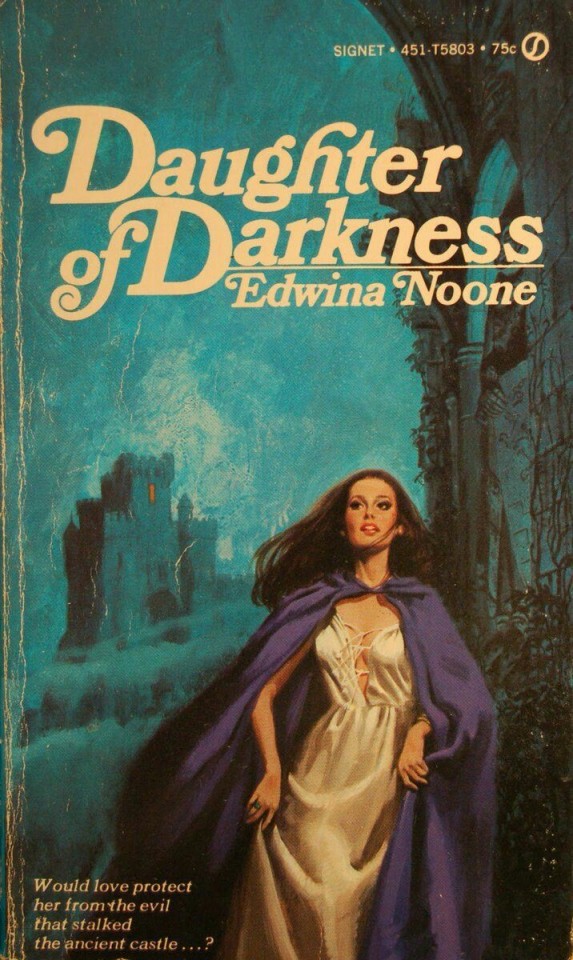


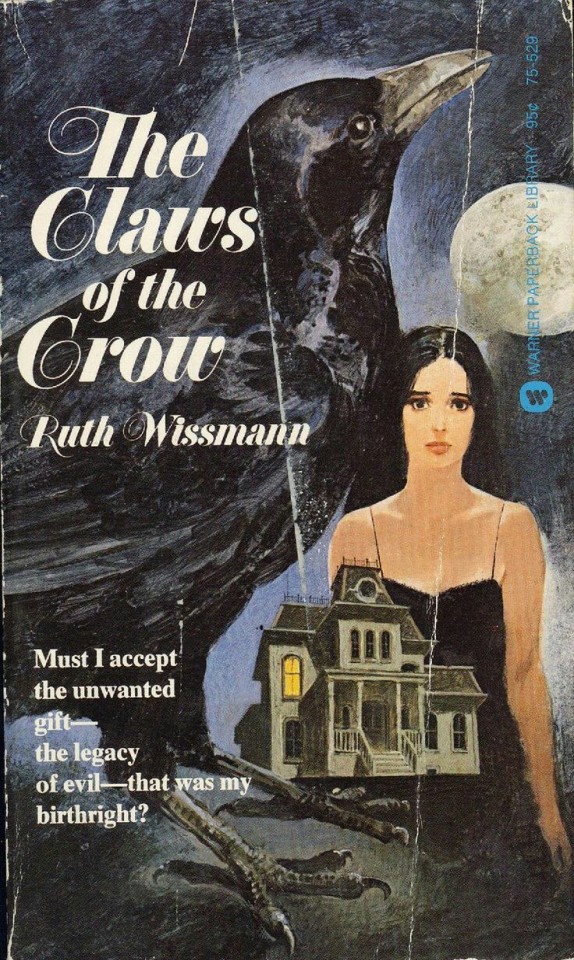


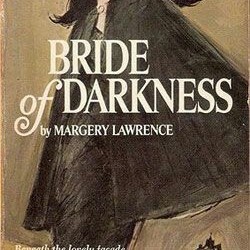
Gothic Heroine Book Cover
2K notes
·
View notes
Text

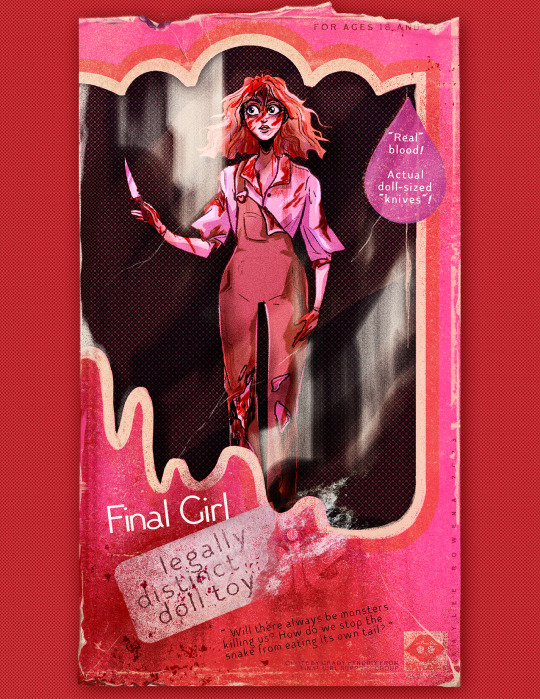

horror barbies legally distinct pink-themed horror dolls available now from your local t-shirt store!
#kaylee.art#horror art#horror illustration#gothic horror#slasher#final girl#gothic#barbie art#came back wrong#living dead girl#gothic heroine#bonfire#barbie horror#Definitely Not Barbie though. for sure not barbie#thanks to bonfire for being very chill with me updating these designs mid-campaign to not have them taken down haha#figuring out how best to obscure the logo while still keeping the vibes of the piece was fun! even if i do miss the fun text stuff#i did with the logos i do think the individualization there is neat!#scheduling this post at midnight so i don't keep forgetting to post it. hi from 12-hours-ago kaylee! hows it going future-tumblr?
3K notes
·
View notes
Photo
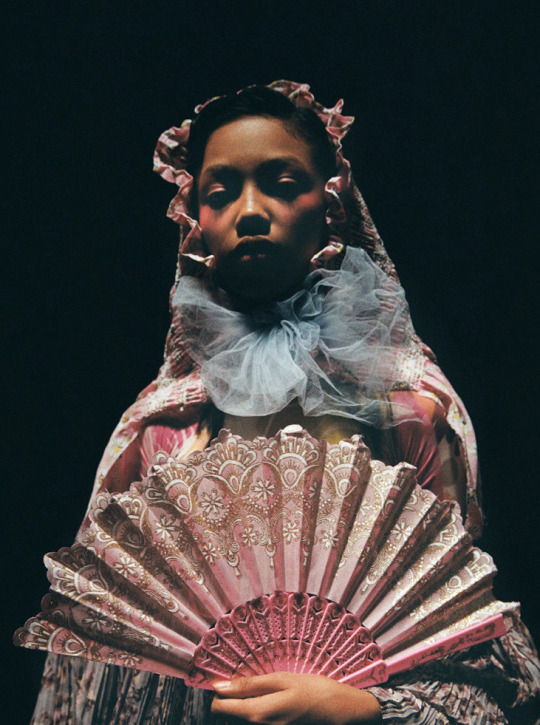

”Wendy, I’m Home” | Photographer: Dorian Ulisses
#dorian ulisses#vogue#fashion#horror#photography#horror fashion#spooky girls tag#horror girls#women in horror#gothic heroine#my posts#gothic
10K notes
·
View notes
Text
The Differences and Similarities Between a Gothic Heroine and a Fainting Heroine (Nihal)
Inspired by this post
GH: Gothic Heroine
FH: Fainting Heroine
Differences
GH tends to be a victim of an oppressive patriarch. FH is a victim of a neglectful patriarch.
GH is imprisoned in spaces and rooms against her will and experiences claustrophobia, FH wants to stay in her mother’s womb room for all eternity.
GH is often orphaned and/or is the product of an unhappy childhood, FH is the product of a (seemingly) too happy childhood.
GH is either extremely beautiful or noticeably plain, FH is simply indescribably elegant.
GH can be seen in dark cramped spaces, FH’s surroundings tend to be well-lightened and comfortable:

(GH frightened)

(FH annoyed)
GH has legitimate fears, FH’s troubles are mostly in her head.
GH is studious or curious, FH is easily distracted during her lessons and is not super curious.
GH faints during especially frightening circumstances, FH faints when she is sad.
GH’s fainting is a genre requirement, FH’s fainting is a medical condition.
GH’s family history haunts her, FH’s family history is less explored.
GH has creepy servants she fears, FH has annoying servants she likes.
GH’s story tends to end in marriage, death or madness, FH’s ends with a “return to normal”.
Men in GH’s life are creepy and dangerous, men in FH’s life are just jerks.
Similarities
FH is still the product of being imprisoned in a confined space: She does have to watch her brother running away to a new life in his school while she can barely leave the house, and that’s at the root of her troubles.
GH and FH both tend to have artistic sensibilities and an instrument they play excellently.
They both faint even if it is for different reasons.
They both often have frightening dreams and see portends of death.
They both are impacted by the nature’s beauty.
They both have an inclination towards everything French.
They are both pressured into unwise marriages.
Both have unusual family situations.
FH is also partially orphaned.
Both often inherit their mother’s looks/diseases/fate.
At the center of both of their stories there tends to be a scandalous secret that they slowly discover, it is just that the secret FH discovers is more prosaic.
Often both have “happy endings” that leave you unnerved when looked at more closely.
Are you a Gothic Heroine or a Fainting Heroine?
***
This was of course a hard list to make because there isn’t a compact Gothic Heroine archetype, so I mostly went with the cliche in my mind gathered from the commentary on 18th and early 19th century Gothic Literature. This is for fun. And feel free to remark on any difference/similarity you might find.
Nihal definitely takes some cues from the Gothic Heroine. And so does Bihter to an extent as the ostracized newcomer in a giant house.
@artemideaddams @literatureismyentirepersonality @vickythestrange As people more knowledgeable in classic Gothic heroines than me, feel free to barge in.
30 notes
·
View notes
Text
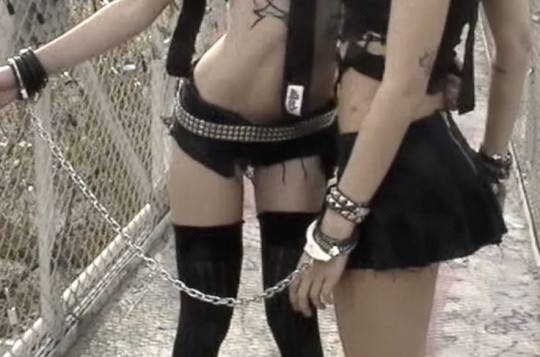
#mallcore#mall goth#gothic metal#gothic#goth#emo fashion#emocore#emo#vampire freaks#hot topic#tripp nyc#girlblogging#dark aesthetic#heroin chic#old web#webcore#thirteen#gore lover#<3
1K notes
·
View notes
Text
Gothic heroines potential beginnings:
-Marriage (literal or symbolic) to the villain/captor: Psyche, Belle, Bolívar Cambará, the nameless narrator of Rebecca, Elizabeth Lavenza (who was groomed for marriage to her captor’s son from an early age), Isabella Linton
-Professional opportunity: Jonathan Harker, Jane Eyre, Violet Hunter, Victor Hatherley, Pierre Aronnax, Christine Daae.
About 50/50. If you’d asked me before I started thinking about it in more depth, I would have said that most gothic heroines probably got married to their captors. And they’re in the majority if you don’t count the boys (I’m using heroine in a gender neutral way), but it’s interesting to notice how many start out just wanting to pay rent.
Of course, Bolívar, a rare case in period literature of a poor man who marries a rich woman, is the only man in the marriage category, and most gothic heroines hail from a time period when women were still likely to be completely financially dependent upon their husbands. So in nearly all of the cases, they’re financially dependent on the captor just to begin with, before counting the mind games and the other red flags. The only exception is Aronnax, because he’s in the job category and Nemo isn’t his boss.
58 notes
·
View notes
Text


give me something pretty to wear beneath my bloodstained clothes
darling, the devil knows my name 🥀🗝️🦩🗡️💃
#one piece#princess viola#violet one piece#dressrosa#riku viola#when I tell yall dressrosa is my favorite arc and it’s because viola is my second favorite op character#I’m being so fr#also complete honesty I painted this for my own fic#which is The Empty Seat on ao3#because I’ve been obsessed with her for 8 years and I finally let it out lol#I hate fanon viola sm. let her be the messy and flawed character she is#stop erasing the drama#she is a gothic heroine to me#my femme fatale attic wife my beloved queen#there’s so much hidden in this that you won’t catch unless you have my brain disease but feel free to play I spy
334 notes
·
View notes
Text
I like the reading that the Romani did actually try to post Jonathan's letters, that they were caught by Dracula, and he then lied about their duplicity to Jonathan. It's clearly not the read that Bram intended, but he's dead, and I'm not. (Yes, that was a Death of the Author joke)
Anyway, let's take this a logical step further! In a mirroring of what he did with the three roommates, what if this was another "test" both for Jonathan and the Romani.
He knows he's going to have to start having people around again soon to help with the arrangements for the trip, but (if you ascribe to the idea that he hadn't initially planned to let Jonathan live after his initial use was done) he hadn't accounted for his captive to still be running about the castle.
He's already seen proof that Gothic Heroine Jonathan Harker has the power to turn even the most cowed peasants to his side, as seen by the townsfolk and the carriage folk already, so now he's got to nip this in the bud because Jonathan needs to think he is isolated, needs to view him as his only form of safety.
So, Dracula carefully keeps watch, and lo and behold, the Romani DO attempt to help Jonathan. Well, it's a good thing he anticipated this.
So, he interrupts the delivery of the letters, maybe pushes the idea that he's omniscient of all that goes on in Castle Dracula cause who's going to call him out and people are less likely to attempt anything if they are under constant surveillance, maybe maims or kills a few people to really push the consequences of helping again.
Okay, that's one part done. Now, for Jonathan, he can once more enforce the idea that Jonathan can only turn to him for protection, increase his feelings of isolation, and destroy his trust. He can happily torment him as he sees fit, and everyone is too shaken by their disastrous first attempt to try again.
Anyway, long story short, interpreting the text as "maybe the Romani people are good and aren't a racist caricature" actually gives a more interesting reading. Also, it allows them to parralel Jonathan's plight as people who are forced due to circumstances to obey Dracula, as he is the least likely to kill them right this second.
#dracula daily#jonathan harker#dracula#re: dracula#gothic heroine jonathan harker#dracula tends to get tired of people playing hero really fast#and that's when he gets really cruel about it#it would fit with his previous “tests” ones he knows Jonathan is going to fail#and likely planned it so that he would
1K notes
·
View notes
